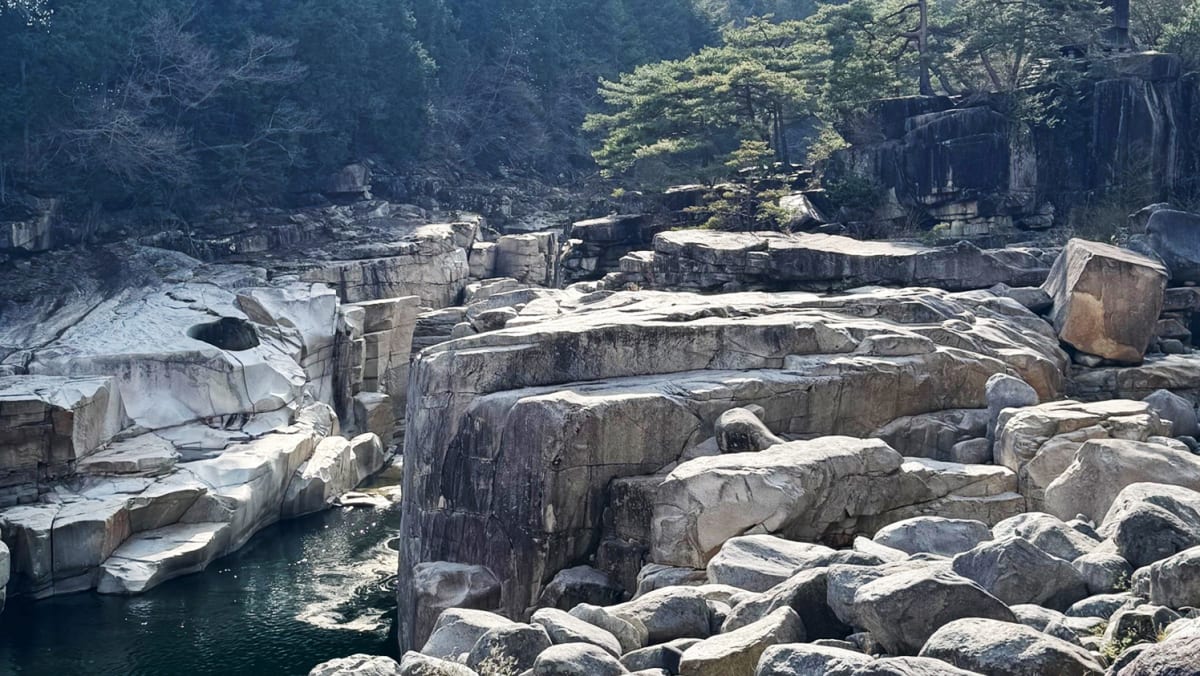Unseasonal mist still clung to the mountains like a silk kimono when our train from Nagoya pulled into Nakatsugawa. Unlike the coastal plain from which we’d just come where everything was shrouded in dazzling pink and white, cherry blossoms had barely begun to unfurl their shy pink petals, and the buds on the plum trees were still loosely wrapped against the lingering chill.
“This is a lovely time to be walking,” said our guide, Shin-san.
Our breath cool in the crisp April air, we’d come to walk the Nakasendo Trail – literally, the “central mountain route” – one of Japan’s five major highways, or gokaido, that once connected Edo (old Tokyo) with Kyoto during the feudal era. Built in the early 1600s, these routes were initially created for military purposes, carrying troops, supplies, and the Shogun’s express messages to the ruling daimyos across the country. Of the Nakasendo’s original 540km network with its 69 post towns, or rest-stops, only fragments survive today, with the Kiso Valley section being the most beautifully preserved.
And whilst I normally detest hiking – considering it a peculiar form of voluntary suffering – the prospect of a fairly leisurely four-day hike tracing the footsteps of samurai, messengers and daimyo processions through time was oddly appealing.
